🔮 Western and Vedic Astrology Aren’t the Same—Here’s Why
When you read your daily horoscope or check your birth chart online, have you ever noticed something odd?
Your zodiac sign in Western astrology might be different in Vedic astrology. You might be a Leo in one and a Cancer in another.
Confused? Don’t worry—you’re not alone.
That’s because Western and Vedic astrology are two completely different systems, each with its own history, methods, and interpretation styles.
Let’s break it down in simple terms.
🧭 1. Origin & Philosophy
🌍 Western Astrology:
Also known as Tropical Astrology
Rooted in Greek, Roman, and Babylonian traditions
Popular in the West (Europe, USA, Australia)
Focuses on psychological patterns, personality, and free will
Example: It tells you who you are and how to evolve through self-awareness.
🕉️ Vedic Astrology (Jyotish):
Originating in ancient India, over 5,000 years ago
Based on the Vedas (Hindu scriptures)
Widely practised in India and Southeast Asia
Focuses on karma, destiny, and life path
Example: It shows what’s meant to happen and offers remedies to align with your soul’s journey.
🗺️ 2. Zodiac System: Tropical vs Sidereal
This is the biggest technical difference.
🧭 Western Astrology: Tropical Zodiac
Based on the Sun’s position relative to Earth’s seasons
The signs stay fixed with the Spring Equinox (March 21 = Aries)
🌌 Vedic Astrology: Sidereal Zodiac
Based on the actual constellations in the sky
Adjusts for a phenomenon called the precession of the equinoxes (Earth’s wobble)
It’s about 23–24 degrees behind the Western zodiac
💡 Result? Your Vedic sign is usually one sign earlier than your Western sign.
Example: Western Cancer = Vedic Gemini (most of the time)
🌞 3. Focus on Sun vs Moon
🌞 Western Astrology:
Emphasises your Sun sign (who you are at your core)
Great for daily horoscopes, identity, and ego
🌙 Vedic Astrology:
Places more weight on your Moon sign (your mind and emotions)
The moon is tied to emotional health, karma, and relationships
In Vedic astrology, the Moon Nakshatra (lunar mansion) plays a huge role in predictions and personality.
📊 4. Chart Style: Circular vs Square
Western Chart – Typically a round wheel, divided into 12 equal houses
Vedic Chart – Usually a square or diamond-shaped grid, using whole sign houses
Vedic charts also include:
Dasha system (timing of events)
Nakshatras (27 lunar constellations)
Divisional charts (D9, D10, etc.) for deeper insight
🪐 5. Planets and Aspects
🔭 Western Astrology:
Uses planets like Uranus, Neptune, and Pluto
Aspects (angles between planets) include trines, squares, and textiles
📜 Vedic Astrology:
Focuses only on visible planets: Sun, Moon, Mars, Mercury, Jupiter, Venus, Saturn
Includes Rahu and Ketu (shadow planets = lunar nodes)
Aspects are more limited but deeper in karmic meaning
Rahu and Ketu are crucial in Vedic readings—they reveal past life karma and future growth areas.
🧘♂️ 6. Purpose & Predictions
🧠 Western Astrology:
Self-awareness
Psychological patterns
Personal growth
Relationship compatibility
🕉️ Vedic Astrology:
Life purpose & karma
Marriage, career, finances
Predictions and remedies (gemstones, mantras, rituals)
Spiritual evolution
🔁 Quick Recap Table:
| Feature | Western Astrology | Vedic Astrology (Jyotish) |
|---|---|---|
| Zodiac Type | Tropical (fixed to seasons) | Sidereal (aligned to stars) |
| Origin | Greece/Babylon | India (Vedas) |
| Focus | Sun sign | Moon sign |
| Chart Shape | Round | Square or Diamond |
| Planets Used | 10 (includes outer planets) | 9 (incl. Rahu/Ketu) |
| Prediction Style | Psychological | Karmic & Predictive |
🙏 Final Thoughts: Which Astrology Should You Follow?
Both systems offer valuable insights, but from different angles.
Choose Western astrology if you're seeking self-awareness, personality insights, or spiritual growth through free will.
Choose Vedic astrology if you're curious about your destiny, karma, life events, or past-life patterns.
Or… blend both!
“Western astrology shows the map. Vedic astrology tells the timeline.”
Try reading your chart in both systems—you’ll be amazed by how they complement each other.


.jpg)
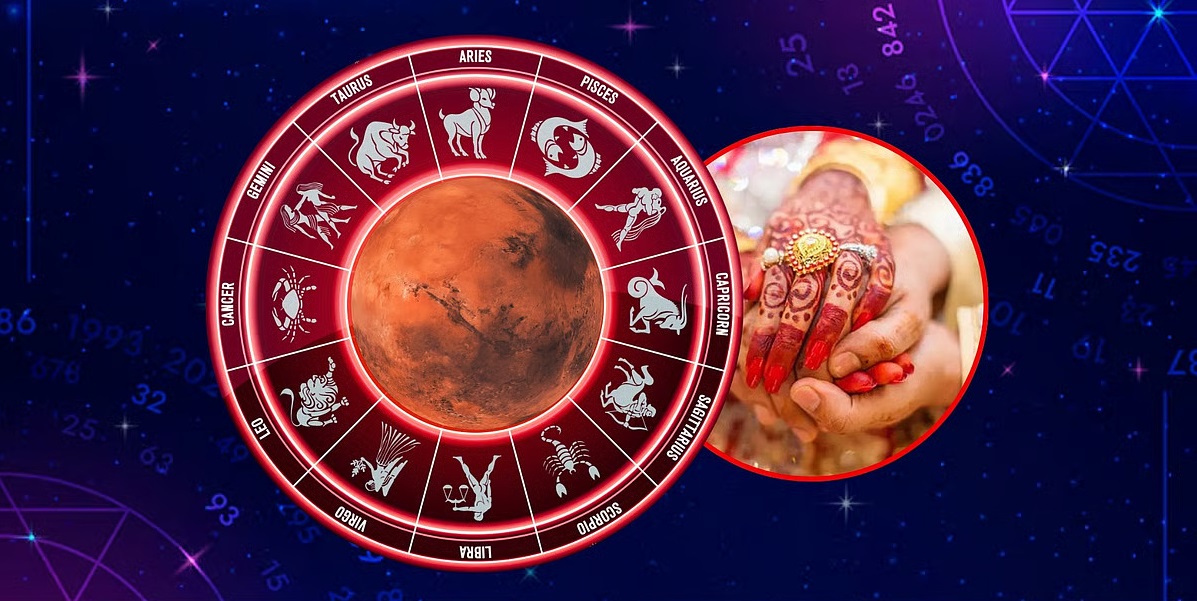
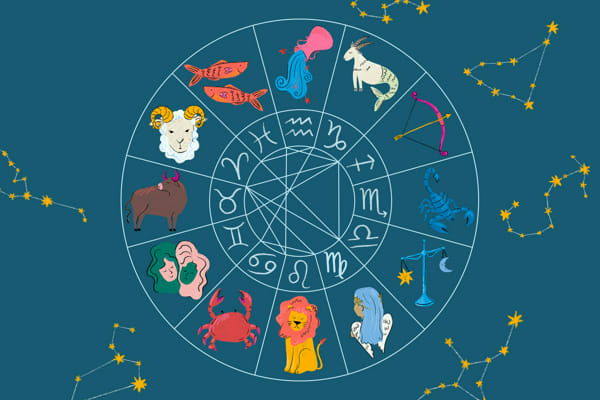
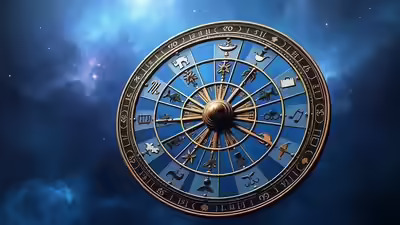
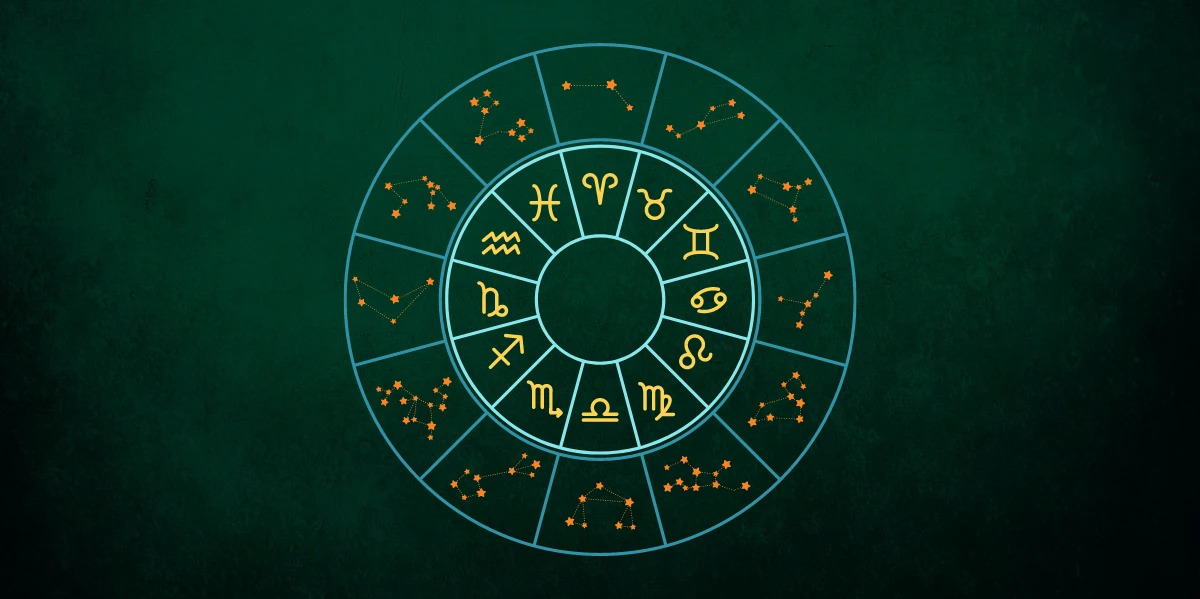
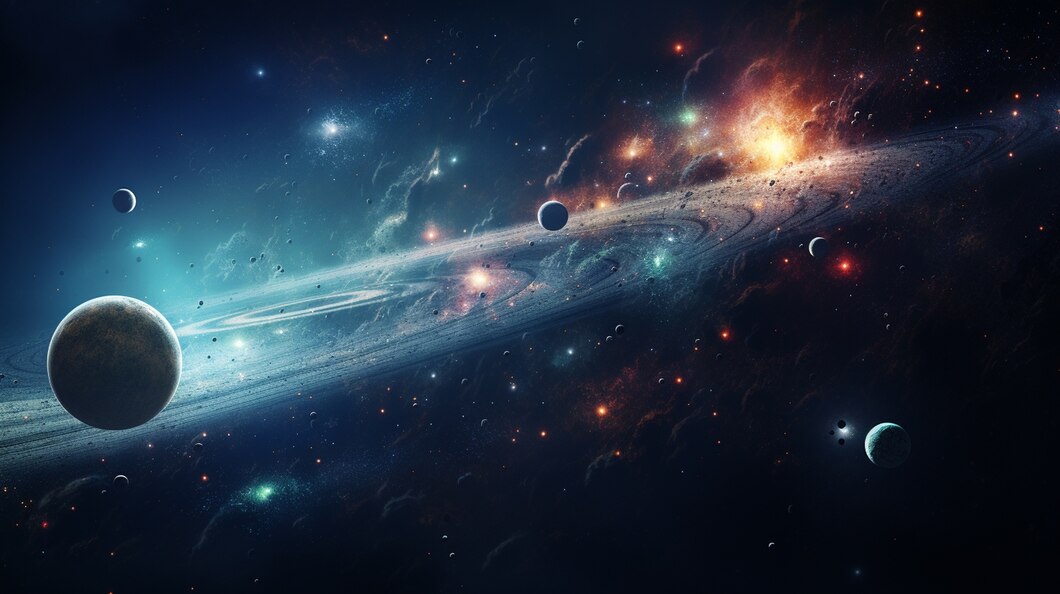
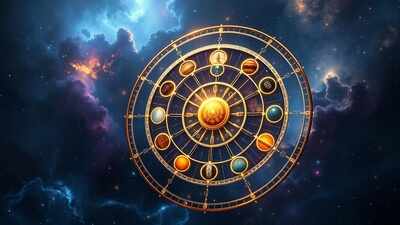




Recent Comments
No comments yet.